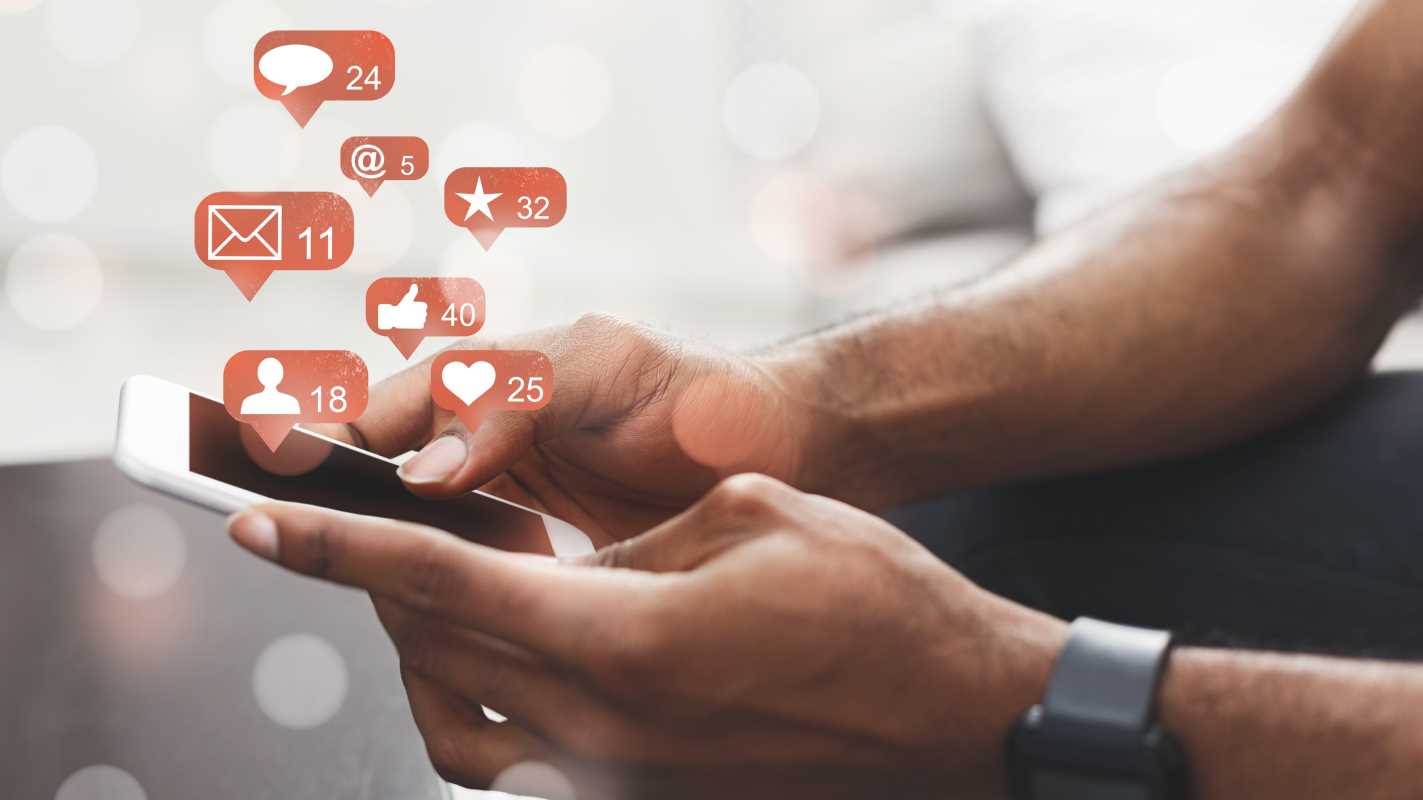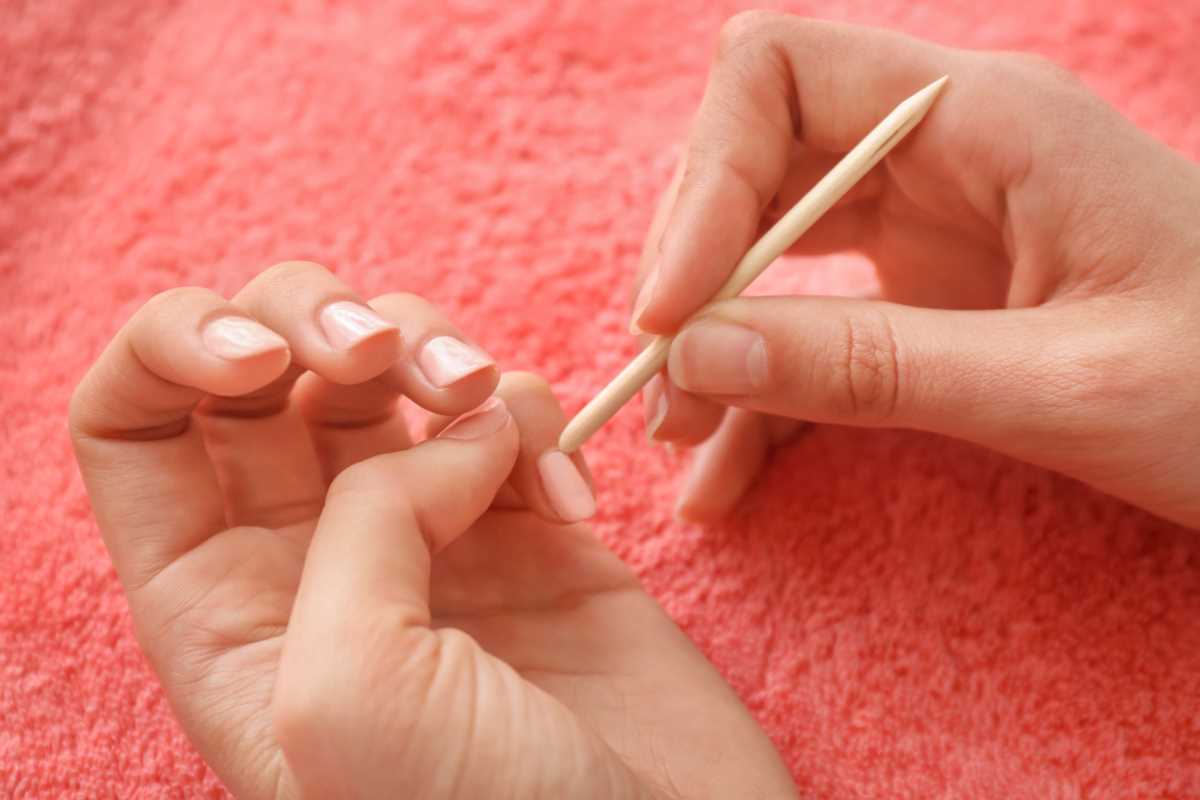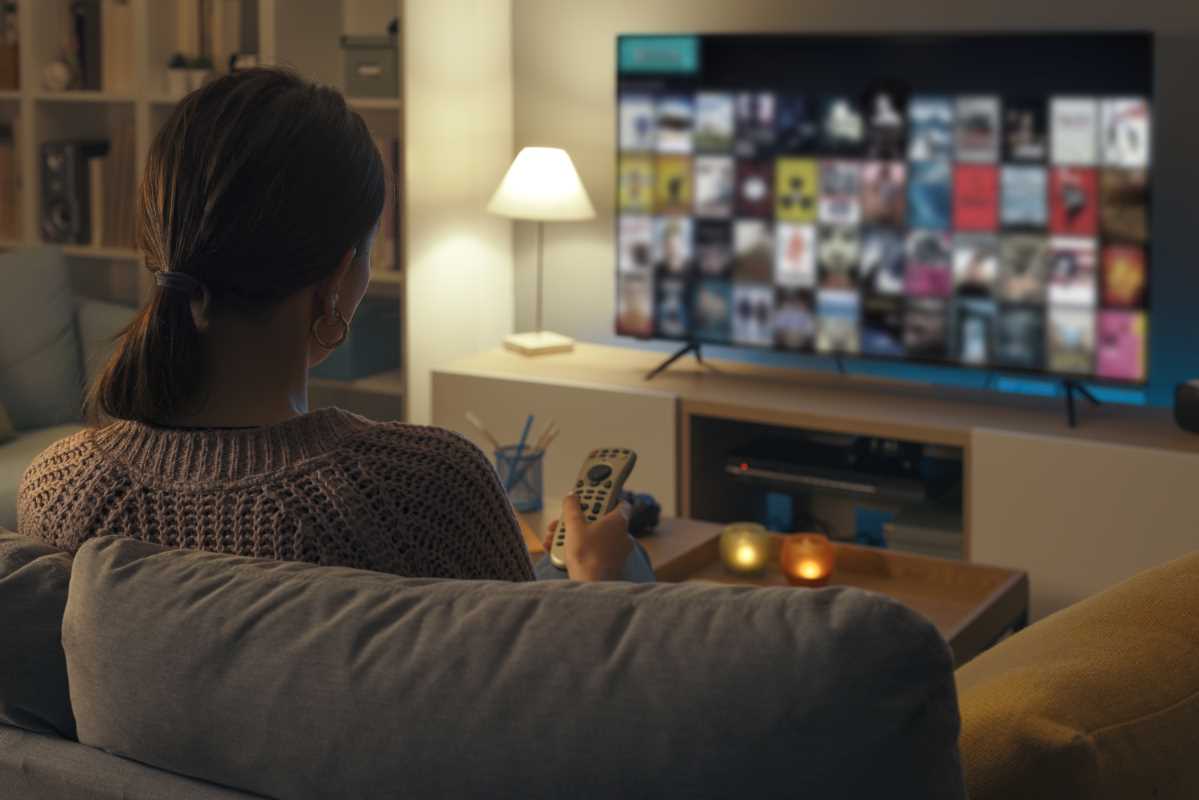Your smartphone buzzes, and you automatically reach for it—even when you know there's nothing urgent waiting. Sound familiar? You're part of a global phenomenon that's reshaping how we spend our most precious resource: time. The average American checks their phone 96 times daily, spending over 7 hours staring at screens. That's nearly half of your waking hours consumed by a device designed to capture and hold your attention. While smartphones offer undeniable convenience and connection, this constant engagement comes with hidden costs to your productivity, relationships, and mental well-being.
You'll discover the science behind phone addiction, understand how excessive screen time impacts your brain and daily life, and learn proven strategies to break free from digital overwhelm. Reclaiming control over your device—and your time—is possible with the right tools and mindset.
The Science Behind Phone Addiction
Your smartphone isn't just a communication tool—it's a sophisticated attention-capture device engineered to create dependency through psychological mechanisms that operate below your conscious awareness.
How Your Brain Responds to Phone Notifications
Every notification triggers your brain's reward system, releasing dopamine—the same neurotransmitter involved in addiction to substances like cocaine and gambling. Dr. Anna Lembke, Stanford addiction medicine specialist, explains that these micro-hits of pleasure create what she calls "dopamine deficit states" that leave you constantly seeking the next digital reward.
The unpredictable nature of notifications makes them even more compelling. Psychologists call this "variable ratio reinforcement"—the most powerful form of behavioral conditioning. You never know when something interesting will arrive, so your brain remains in anticipation, making it nearly impossible to ignore your device.
Research from Harvard Medical School shows that smartphone use activates the same neural pathways as other addictive behaviors. Brain imaging studies reveal structural changes in heavy smartphone users' brains, particularly in areas controlling impulse regulation and attention.
The Attention Economy's Impact on Your Time
Tech companies employ teams of neuroscientists and behavioral economists to maximize what they call "time on device." Features like infinite scroll, autoplay videos, and push notifications are specifically designed to prevent you from putting your phone down.
Former Google design ethicist Tristan Harris warns that this creates an "arms race for human attention" where your well-being becomes secondary to engagement metrics. The result is a phenomenon psychologists term "continuous partial attention"—a state where you're never fully focused on any single activity.
Studies from UC Irvine demonstrate that it takes an average of 23 minutes to fully refocus after a digital interruption. When you check your phone every few minutes, you never reach deep focus states necessary for meaningful work, learning, or connection.
The Hidden Costs of Constant Connection
Excessive phone use creates ripple effects across multiple areas of your life, often in ways you might not immediately recognize. Understanding these impacts helps motivate lasting changes to your digital habits.
Productivity and Cognitive Performance
Multitasking between your phone and other activities reduces cognitive performance by up to 40%, according to Stanford University research. Your brain cannot actually multitask—instead, it rapidly switches between tasks, creating mental fatigue and reducing the quality of your work.
The mere presence of your smartphone, even when silenced, impairs cognitive function. Studies published in the Journal of the Association for Consumer Research found that participants performed significantly worse on attention-requiring tasks when their phones were within sight compared to when phones were in another room.
This "brain drain" effect occurs because part of your mental resources are constantly devoted to resisting the urge to check your device. Over time, this depletes what psychologists call your "cognitive reserve"—your mental capacity for complex thinking and decision-making.
Impact on Sleep Quality and Mental Health
The blue light emitted by phone screens suppresses melatonin production, disrupting your natural sleep cycle. But the content you consume creates additional sleep problems through what researchers call "cognitive arousal." Scrolling through news, social media, or work emails keeps your mind activated when it should be winding down.
Sleep disruption creates a vicious cycle with phone use. When you're tired, your prefrontal cortex—responsible for impulse control—functions poorly, making it even harder to resist digital distractions. Poor sleep also increases stress hormones like cortisol, which impair memory formation and emotional regulation.
Research from San Diego State University links heavy smartphone use to increased rates of depression and anxiety, particularly among young adults. The study found that people who used their phones for more than 5 hours daily were 71% more likely to show suicide risk factors compared to those with one-hour daily usage.
Relationship and Social Connection Erosion
Despite connecting us to vast networks of people, excessive phone use often weakens our closest relationships. MIT professor Sherry Turkle's research documents how "continuous connectivity" creates barriers to intimate conversation and emotional intimacy.
The phenomenon of "phubbing"—snubbing someone in favor of your phone—has become so common that researchers have developed scales to measure its relationship impact. Studies show that perceived partner phubbing strongly correlates with relationship dissatisfaction and increased conflict.
Parents' phone use particularly affects children. Research from Boston Medical Center found that caregivers using mobile devices during meals showed increased harsh verbal responses to children's bids for attention. This pattern can impair child development and parent-child bonding.
Recognizing Problematic Phone Use Patterns
Before implementing changes, it's crucial to understand your specific usage patterns and triggers. Most people significantly underestimate how much time they spend on their devices.
Common Signs of Phone Dependency
Phantom Vibrations: Feeling your phone buzz when it hasn't is a clear indicator that your nervous system has become hypervigilant to phone notifications. Studies show this affects up to 89% of college students.
Nomophobia: The fear of being without your phone, formally termed "nomophobia," affects approximately 40% of adults. Symptoms include anxiety, restlessness, and inability to concentrate when separated from your device.
Automatic Checking: Reaching for your phone without conscious intention, often in response to boredom, stress, or transitions between activities. This habitual behavior operates below conscious awareness.
Sleep Disruption: Using your phone within an hour of bedtime or checking it during nighttime awakenings. The National Sleep Foundation reports that 71% of people sleep with their phone within arm's reach.
Using Built-in Analytics for Self-Assessment
Both iOS and Android devices provide detailed screen time analytics that reveal usage patterns:
- Screen Time (iOS) or Digital Wellbeing (Android): Shows total usage time, app-specific usage, and pickup frequency
- Most Used Apps: Identifies which applications consume the most time
- Pickup Patterns: Reveals when you're most likely to check your phone
- Notification Statistics: Shows which apps interrupt you most frequently
Review these statistics without judgment—they're simply data points for making informed decisions about your digital habits.
Evidence-Based Strategies for Digital Detox
Breaking phone dependency requires systematic approaches that address both the behavioral and environmental factors maintaining the habit. These strategies are backed by research and proven effective for reducing screen time.
Creating Physical Boundaries
Establish Phone-Free Zones: Designate specific areas where phones aren't allowed. Bedrooms, dining areas, and workspaces are excellent starting points. Research from the University of Rochester shows that phone-free bedrooms improve sleep quality by 37%.
Use a Traditional Alarm Clock: Keeping your phone out of the bedroom eliminates the temptation for late-night scrolling and early-morning checking. This single change often has cascading positive effects on sleep and morning routines.
Implement the "Phone Parking" Strategy: Create a designated charging station away from your primary living areas. When you arrive home, "park" your phone there and leave it until you genuinely need to use it for a specific purpose.
App Management and Notification Control
Turn Off Non-Essential Notifications: Audit every app's notification settings and disable any that aren't urgent. Most social media, news, and entertainment app notifications can be safely disabled without missing anything important.
Use App Limits: Both iOS and Android offer built-in app time limits. Start with generous limits and gradually reduce them. The key is creating awareness of usage patterns rather than immediately implementing harsh restrictions.
Remove Social Media Apps: Consider accessing social platforms only through web browsers on your computer. This creates healthy friction that reduces impulsive usage while maintaining access when you consciously choose to engage.
Grayscale Mode: Enabling grayscale display removes the visual stimulation that makes apps more compelling. This simple change can reduce phone usage by up to 38% according to studies from Humane Technology.
Scheduled Digital Detox Periods
Daily Offline Hours: Institute daily periods when your phone is in airplane mode or powered off entirely. Many people find success with one-hour blocks during family time or before bed.
Weekly Digital Sabbaths: Dedicate one day per week to minimal or no phone use. Start with a few hours and gradually extend the duration. Use this time for activities that require sustained attention like reading, hiking, or creative hobbies.
Vacation Protocols: When traveling, resist the urge to document every moment. Designate specific times for photo-taking and sharing, then put your device away to fully experience your destination.
Replacing Phone Time with Meaningful Activities
The key to successful digital detox isn't just restriction—it's substitution. Having compelling alternatives ready makes it much easier to resist the pull of your device.
Rediscovering Analog Activities
Reading Physical Books: The tactile experience of paper books provides satisfaction that digital reading often lacks. Start a reading challenge or join a book club to maintain motivation.
Handwritten Journaling: Writing by hand activates different neural pathways than typing and helps process emotions more effectively. Morning pages—three pages of stream-of-consciousness writing—can replace morning social media scrolling.
Creative Pursuits: Engage in activities that require sustained attention and provide tangible results. Drawing, painting, knitting, woodworking, or playing musical instruments offer the immediate feedback your brain craves from phone use.
Physical Exercise: Movement naturally improves mood and provides the dopamine hits you've been seeking from digital devices. Find activities you genuinely enjoy rather than forcing yourself into exercise you dislike.
Social Connection and Community Building
Face-to-Face Socializing: Prioritize in-person interactions that provide the social connection you might be seeking through social media. Plan phone-free meals, walks, or activities with friends and family.
Community Involvement: Volunteer work or community organizations provide purpose and social connection while keeping you away from devices. Research shows that helping others provides significant mental health benefits.
Skill Development: Take classes that require presence and attention—cooking, language learning, martial arts, or crafts. The learning process provides novelty and achievement that can replace digital entertainment.







